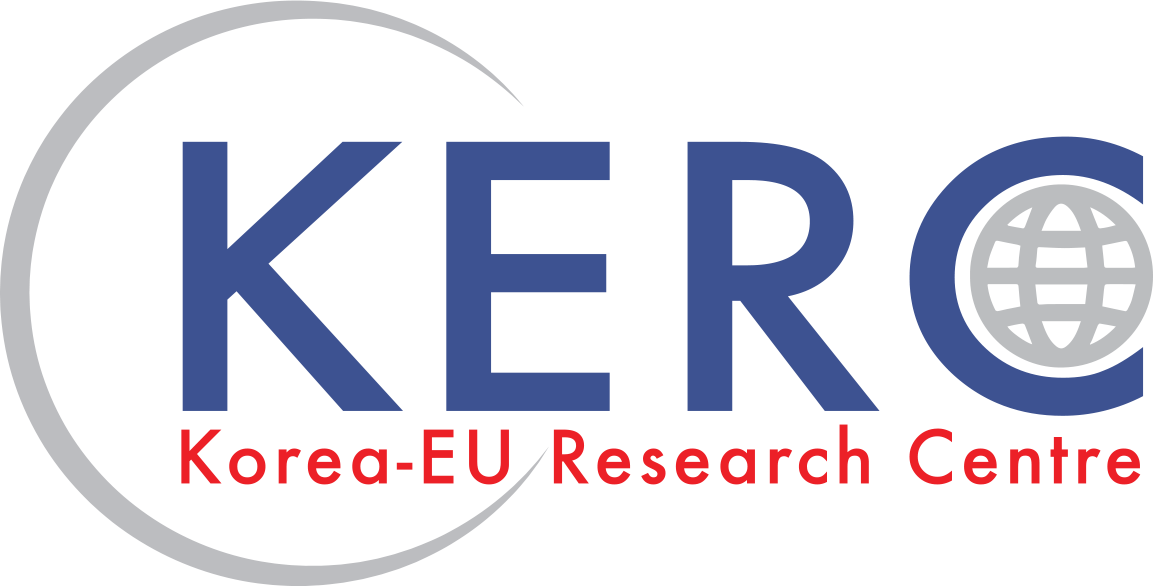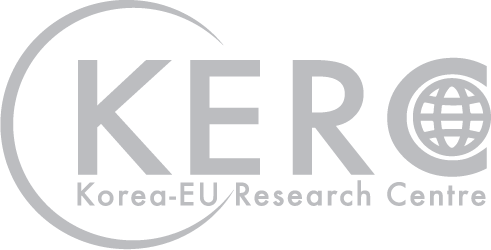KISTEP 10 Emerging Technologies 2017 Download
| Technology | Details |
 IoT-based Context-aware Dimming Technology |
(Definition) Dimming technology which enhances utilization and energy efficiency through automatic control of the direction and brightness of lighting, by recognizing outdoor conditions; or, which mimics sunlight indoors, enabling customized lighting for personal health care
(Application) When applied outdoors, saves energy, and prevents crime and light pollution by automatically controlling the lighting’s brightness, hue, and angle based on environmental changes (season, climate, etc.) and surroundings (sounds, human movements, etc.) When applied indoors in conjunction with IoT, enables effective biorhythm control, health management and treatment by having the effect of natural light exposure, providing particular benefits for night shift workers, and critically ill patients in intensive care wards
|
 Active Noise Control & Reduction Technology |
(Definition) Active noise reduction technology which predicts the occurrence of noise in real-time and generates sound waves of the inverted phase
(Application) Applicable on public facilities (subway tunnels, airports, expressways, etc.) where noise occurs repeatedly; enables active noise control based on human movement in a home environment |
 AI Fact-checking Assistive Technology |
(Definition) AI-based software which fact-checks in real time during speeches or debates
(Application) Helps fact-check speeches of politicians, and enables a transparent information service which can prevent false or misleading rumors from spreading |
 Nuclear Power Plant Accident Response System |
(Definition) Integrated nuclear power plant accident response system, which encompasses all technologies needed for different scenarios
(Application) Plans emergency response against nuclear power plant accidents, such as simulating major accident scenarios, evacuation technologies, information security, physical protection, integrated real-time risk assessment, monitoring and quantification technologies, nuclear accident management robots, AI-based remote surveillance, and automatic responses
|
 Non-radioactive Non-destructive Testing Technology |
(Definition) Non-destructive testing technology using non-radioactive substances or devices which can replace the radioisotopes currently used for testing
(Application) Ensures safe use and fundamentally prevents the risk of misuse for nuclear terrorism by eliminating the risk of radiation |
 Particulate Matter Reduction Technology |
(Definition) High-efficiency, low cost particulate matter collection and reduction system, which eliminates particulate matters (PM2.5) and causative agents
(Application) Initially eliminates particulate matters from the source of pollution before diffusion into the air, and effectively reduces particulate matters indoors and outdoors |
 Eco-friendly Green & Red Tide Elimination Technology |
(Definition) Eco-friendly technology which effectively eliminates harmful algae and nutrient salts without environmental side effects
(Application) Effectively eases green and red tides by selectively eliminating specific harmful algae using algae coagulants made from natural substances
|
 Advanced Domestic Waste Sorting and Recycling System |
(Definition) Recycling technology which categorizes waste materials into metal, plastic, paper, etc., maximizing recycling and waste-to-energy recovery
(Application) Reduces public burden of sorting waste into different categories, and enhanced precision of waste management will dramatically increase the recycling rate of waste materials
|
 Real-time 3DEnvironmental Change Observation Technology |
(Definition) Integrated technology which monitors and analyzes real-time changes in the environment and the ecosystem, using IoT, satellites, and unmanned aerial vehicles
(Application) Enables real-time monitoring of diverse forms of pollution and contamination, including red and green tides, soil contamination, air pollution, and proliferation of invasive species |
 Ecological Restoration Technology Using Microorganisms |
(Definition) Ecological restoration technology using microorganisms to decompose toxic or recalcitrant chemicals
(Application) Enables oil removal in oil spill situations using microorganisms, eco-friendly processing of food waste using marine protists, production of bio-diesel and other chemicals from biomass, and effective and eco-friendly extraction of valuable metals from waste resources
|
Source: KISTEP


